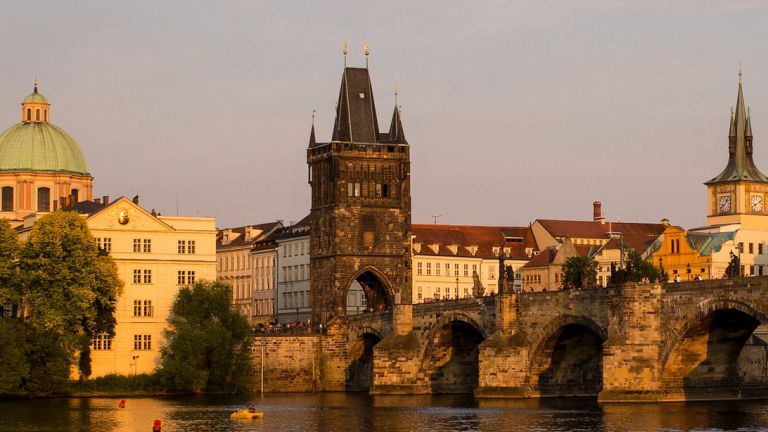Quick guide to Edinburgh, United Kingdom Currency: Euro
About
Edinburgh, located in Lothian on the east coast, is the capital city of Scotland and has the second highest population in the country. It is a place rich in culture and history, and the second most visited city in the UK after London. Edinburgh has been Scotland’s capital since the 1500’s and it is here that many national buildings, the old seat of the monarchy and the current parliament, known informally as Holyrood, are located. The University of Edinburgh was founded in 1582 and the city has been a centre of medicine, science and literature for hundreds of years.
Weather
The city’s position close to the Firth of Forth and the North Sea means that weather conditions don’t tend to reach the extremes of the seasons. Although we might tend to think of Edinburgh as being very cold because of its northerly location, temperatures in winter rarely drop below freezing. The mild, maritime climate also means that temperatures in summer don’t exceed the low 20s °C (high 60s °F). May through to September is a good time to visit, although be aware that the city is heaving with festival goers throughout August.

Getting Around
You can get to the city centre from the airport in around half an hour by bus, taxi (costing around £20) or the Edinburgh Tram which runs through to the east of the city and costs £4.50 for a one way ticket. There is also a good bus network. A single ticket for bus or tram costs £1.50 for adults. The Lothian Buses free smartphone application offers resources like timetables, maps and waiting times. Walking is the best and easiest way to get around, not least because driving around central Edinburgh is difficult due to the many one-way streets and limited parking.
Eating
Edinburgh is a foodie’s paradise and there are currently four Michelin-starred restaurants in the city. The Kitchin, located on the Leith waterfront, has won a host of awards and describes its philosophy as being ‘from nature to plate’. The Witchery by the Castle is a gourmet experience. Located at the top of the Royal Mile, the interior of this restaurant has to be seen to be believed. Intricate baroque wood panelling and hanging tapestries adorn this sixteenth-century merchant’s house and the dining room is lit exclusively by candlelight.
Nightlife
The Dome is an Edinburgh institution and, with its Corinthian columns and Graeco-Roman façade, it’s the grandest place in the city to go for a drink. Pubs and bars abound but The Roseleaf and The Bow Bar in Old Town, with its selection of over 230 malt whiskies, are worth seeking out. To enjoy a night of stand-up, head to The Stand Comedy Club. Concerts are held in Usher Hall, an Edwardian building with a renovated extension, which has hosted everyone from the Rolling Stones to the Royal Scottish National Orchestra. It is said to have the best acoustics in the business.
Edinburgh Castle
Edinburgh castle, which dominates the skyline from its perch on Castle Rock, has been the scene of many pivotal moments in Scottish history and a royal castle since the 12th century. It is the most visited tourist attraction in Scotland and the sprawling complex offer plenty to explore. Views from the battlements are spectacular. Be sure to listen out for the One O'Clock Gun. The esplanade of the castle is the location for the Royal Edinburgh Military Tattoo which takes place every August, attracting large crowds and an international television audience.

Sights
Betjemen described Edinburgh as ‘the most beautiful of all the capitals of Europe’. The Old Town, centred around the Royal Mile, is an atmospheric maze of narrow, cobbled streets (‘wynds’) and passageways (‘vennels’). The New Town in fact dates from the 18th century and is characterised by grand squares and neoclassical architecture. Must-sees include St. Giles Cathedral, The Palace of Holyroodhouse and the Royal Yacht Britiannia. Art buffs should visit the Scottish National Gallery, the Scottish National Portrait Gallery and the Royal Scottish Academy.
Edinburgh Fringe Festival
The Festival Fringe is the biggest arts festival in the world and takes place over three weeks every August. It began in 1947 when eight uninvited theatre troupes turned up to play on the ‘fringes’ of the Edinburgh International Festival. The Fringe is primarily known for its comedy and most, if not all, of the popular stand-ups have passed through at some stage to try and make a name for themselves. Alongside comedy you’ll find just about every form of art you can think of, including theatre, musicals, children’s shows, dance and street performance. Booking accommodation in advance is essential.








